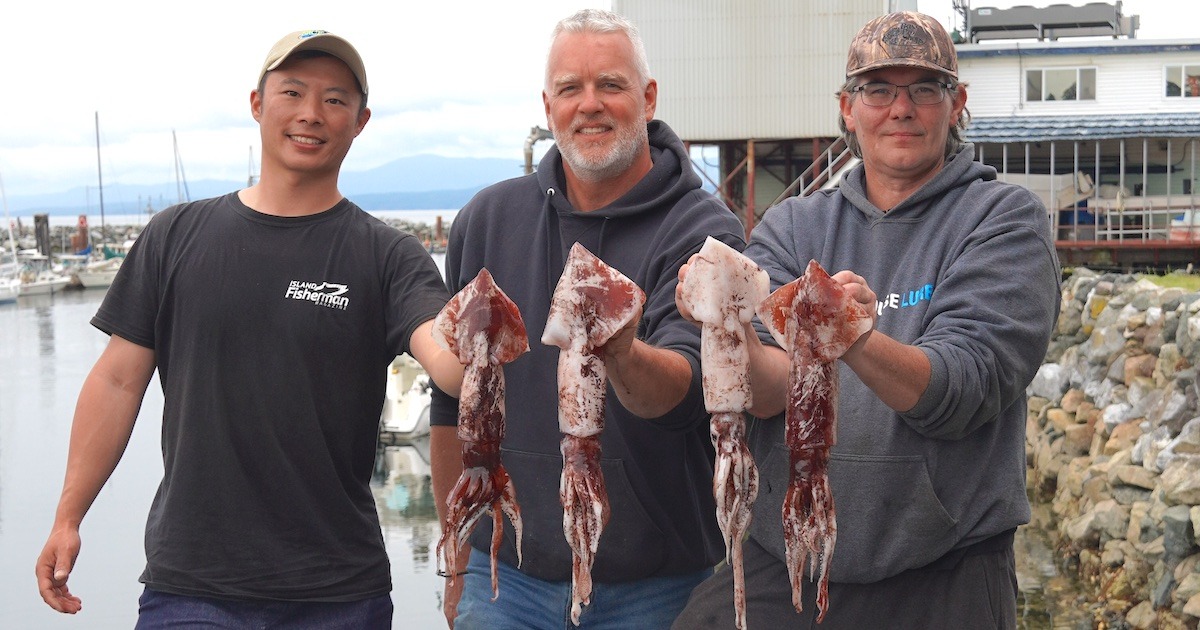schmendric numbskull
New Member
Deep drop forum
Seal ans sealion tours
Nope by then we will be limited to single shot slug guns or shot guns lolWith AR 15's no less!!!
or pile perchI’ve got a feeling this is gonna be a tuna and squid board in 5 years.
You mean White Spot cooks things that aren’t Legendary Burgers? Who knew…I find this interesting. On White Spots menu. Specifically “Humboldt” squid.
View attachment 91621


Caught a 16lb ling today at Thrasher that had this rather large arm hook squid in its belly. Ling was at about 80’ so I guess it must have made a meal out of this squid last night when they come up from the depths at night to forage.
Find the hake, find the squid. Any thing deep (800+) should get you in the ballpark.Anyone had a go at this locally to Vancouver ? Finally got my hands on some larger squid jigs and I’m thinking about sneaking out one evening this week . Just seeing if anyone has any intel on what areas to start

https://www.instagram.com/vancitysalmon/ seemed to even be getting them in Howe Sound. Think anywhere North or South of the Hump would be a good place to start and jigging at 300 over 800+ to start. Should see the bait (Hake) and squid on the sounder. I got a couple of those Promar jigs off Amazon last week also.Anyone had a go at this locally to Vancouver ? Finally got my hands on some larger squid jigs and I’m thinking about sneaking out one evening this week . Just seeing if anyone has any intel on what areas to start
In the video they very subtly talked about the crotch. Like any good bait catching spot. Further up that trench where it creates a pocket is where I had in mind. AKA "The Rain City Trough"Will be focusing our efforts in this areaView attachment 92882
Good point, if you watch some of the Alaska Armhook Squid videos on YouTube , they catch them in surprisingly narrow channels. BTW, watch the Gary Cooper (Steven Burgess) video and you can see almost exactly where they are relative to Lasqueti.In the video they very subtly talked about the crotch. Like any good bait catching spot. Further up that trench where it creates a pocket is where I had in mind. AKA "The Rain City Trough"
Oh I'm sure we all noticed that lolGood point, if you watch some of the Alaska Armhook Squid videos on YouTube , they catch them in surprisingly narrow channels. BTW, watch the Gary Cooper (Steven Burgess) video and you can see almost exactly where they are relative to Lasqueti.